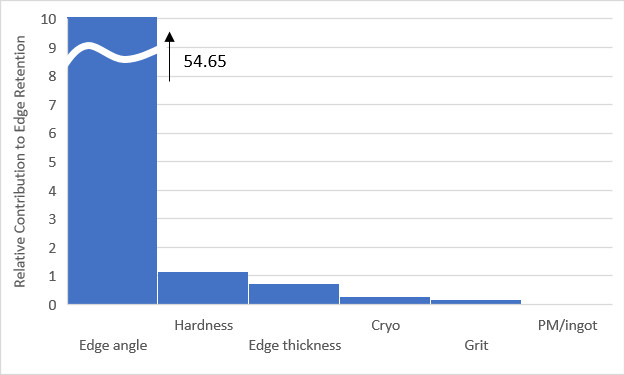Just got my first good knife, a Benchmade mini Barrage. Out of the box the blade edge was about 80 grit. I got it to a nice 1500 grit finish. Scary sharp.
But I got to thinking. As a woodworker I use hand planes. I seem to remember that many woodworkers at woodworking shows, years ago, felt plane blades should not be made really, really sharp (say 8000 to 10000 grit). The argument as I recall, was that they only got duller faster.
Wondering if the same is true of knives. 1500 grit seems plenty sharp, yet I see these mirror finishes, and I wonder.
What are your preferences are for your EDC knives?
But I got to thinking. As a woodworker I use hand planes. I seem to remember that many woodworkers at woodworking shows, years ago, felt plane blades should not be made really, really sharp (say 8000 to 10000 grit). The argument as I recall, was that they only got duller faster.
Wondering if the same is true of knives. 1500 grit seems plenty sharp, yet I see these mirror finishes, and I wonder.
What are your preferences are for your EDC knives?



